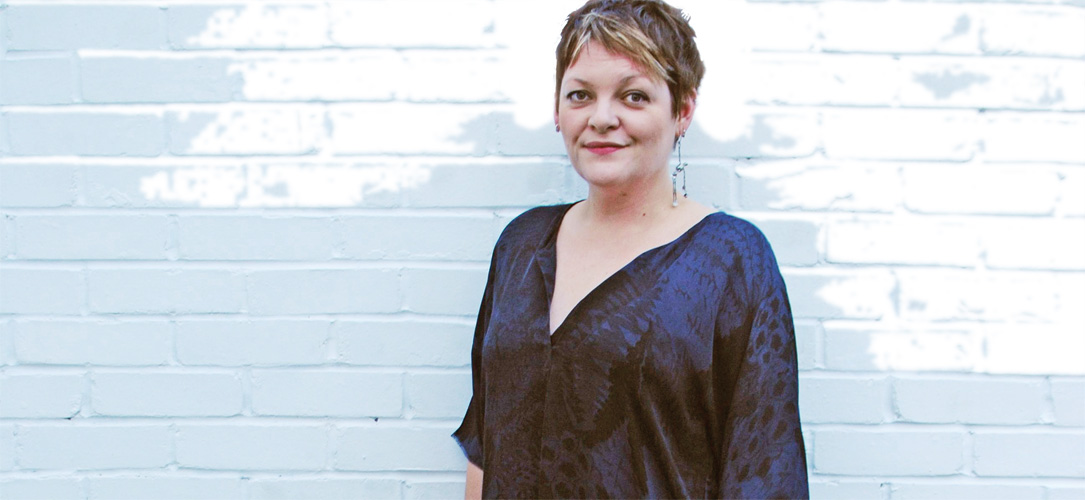Dr Laura Waters is an HIV and sexual health consultant at the Mortimer Market clinic and the Boyz Doc. Following headlines over the last few years which report that doctors have ‘deleted’ or ‘erased’ the virus from a person’s body, Dr Laura explains the science behind the claims.
Dear Dr Laura,
I have seen a few reports about people who have been cured of HIV and no longer need to take medication. Is this true?
Thanks.
Peter
Dear Peter,
Yes, there have been reports of HIV cure, but these cases remain very uncommon. There is a lot of research into HIV cures, but nothing that will reach routine practice for a long time yet.
Once you have acquired HIV it spreads rapidly throughout the body making new copies of itself by getting inside cells and inserting itself into their genetic code. The main targets for the virus are CD4 or T cells, an important part of the immune system (i.e. how your body responds to and controls infections). Some immune cells, after HIV has infected them, enter a resting or latent phase and can stay like this for many years. During this time the virus stays hidden. When the cell reactivates, to fight another infection for example, HIV can reappear. HIV medication will prevent the virus rebounding but if you had stopped medication then the virus will reappear in the body – this is why, at the moment, you have to take HIV drugs for life. Any successful HIV cure requires clearing hidden infection too and that is one of the main challenges.
Living with HIV is very different now compared to earlier years. Most treatments are between 1 and 3 pills taken once a day, side effects are much less of a problem and being on treatment that brings the virus down to undetectable levels means you cannot pass HIV on to HIV negative sexual partners (UNDETECTABLE = UNTRANSMISSIBLE! U=U!). However, nothing is without drawbacks. Drugs can still cause side effects including immediate ones like poor sleep and longer term ones like bone thinning. Taking tablets every day can be challenging and missing too many pills can lead to detectable virus and drug resistance. HIV itself, even treated, may increase the risk of age-related problems and last, though far from least, is stigma. People living with HIV experience discrimination and negative feelings related to their status. The U=U message has helped, but stigma remains hugely important.
Cure can mean different things. There is a complete cure, where HIV is completely eradicated from the body, and a type of ‘cure’, which enables drugs to be stopped for a period of time. Timothy Brown (‘the Berlin patient’) remains the best-known example of HIV cure; he underwent a bone marrow transplant for leukaemia and remains clear of HIV many years later. Bone marrow transplant involves wiping out your immune cells first, including those containing ‘hidden’ HIV. However, in other cases where transplant seemed to have cured HIV the virus came back. Bone marrow transplants themselves are high risk so using them to destroy hidden HIV is never going to be a routine treatment. However, there is a lot of research into drugs that ‘wake up’ sleeping cells to reveal any hidden HIV then using other drugs that boost the immune system to clear HIV for good.
Another type of cure was reported this year in a child who was started in HIV treatment as a baby; the treatment was stopped after several months and more than 8 years later the child has undetectable virus. Similar cases in children have seen the virus reappear. Other examples where adults have started treatment early in HIV infection and stopped later on have shown to virus can stay undetectable for a long time but in many cases bounces back. There has been a shift to starting HIV drugs quickly in people with newly diagnosed HIV; the team at 56 Dean Street has been exploring ‘same day’ start. This probably won’t make much difference if you have established HIV but in the very early stages of infection starting drugs immediately may make it easier for cure treatments to work later on.
A final issue to mention is the ethics around stopping HIV treatment in cure trials – there is uncertainty about which tests are the best ones to tell us if someone has been cured or how to know if the virus will come back once traditional drugs have been stopped. Rebound of virus can lead to symptoms, HIV transmission and an increased risk of getting sick. Despite this, interviews show there are people who are willing to take these risks to help find a cure. Unanswered questions include how long do you keep monitoring someone after they’ve been through a cure treatment and stopped meds? Ongoing viral load measurement for life? And how often?
So, there is no cure currently and likely will not be for many years to come. I’ve been working in HIV for 15 years and a cure has always been ‘at least 10 years’ away. My best guess is that we are not likely to see big trials for at least 5 years and, bearing in mind it will take several years to know if they have worked, a cure is at least 20 years away in my opinion. The few reported cases certainly provide hope but injectable HIV treatments, available in the next few years, will be the only realistic way of not taking daily tablets for the foreseeable future.















